On May 10, 2015, a ceremony to monumentalize the site of compilation and printing of Jingshan Tripitaka was held in Jingshan Wanshou Temple, Yuhang District of Hangzhou. Chairman of Hangzhou Buddhist Association and Abbot of Lingyin Temple Ven. Guangquan attended the ceremony on invitation and he introduced the history of Buddhist sutra compilation and printing in Hangzhou as well as the origin of this monument.
According to Ven. Guangquan, during the Five Dynasties period, the emperor of Wuyue State, Qian Hongchu, built Leifeng Pagoda by the West Lake in order to memorize his deceased concubine, and put lots of woodblock prints of Dharani Sutra inside the bricks of the pagoda. Those bricks, also known as "sutra bricks", are the earliest evidence of the existence of sutra printing in the Five Dynasties period. Later in the Song Dynasty, sutra printing became more common and popular and prevailed in all the temples in Hangzhou. The compilation and printingof Jingshan Tripitaka, launched by Master Zibo and some other masters, began in the Qing Dynasty and lasted for over 200 years. The version of Jingshan Tripitaka now preserved in the Palace Museum is ever a tribute to Emperor Kangxi during his reign by monks of Jingshan Temple after two years’ of compilation and printing.
Ven. Guangquan also suggested that the place of compilation and printing of Jingshan Tripitaka in Jingshan Temple be restored and opened to visitors to recall the popularity of Buddhism in Hangzhou at that time.
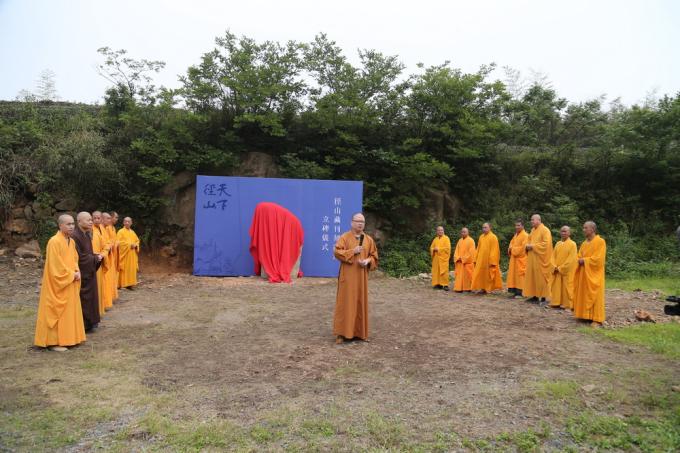
Ceremony to monumentalize the place of compilation and printing of Jingshan Tripitaka
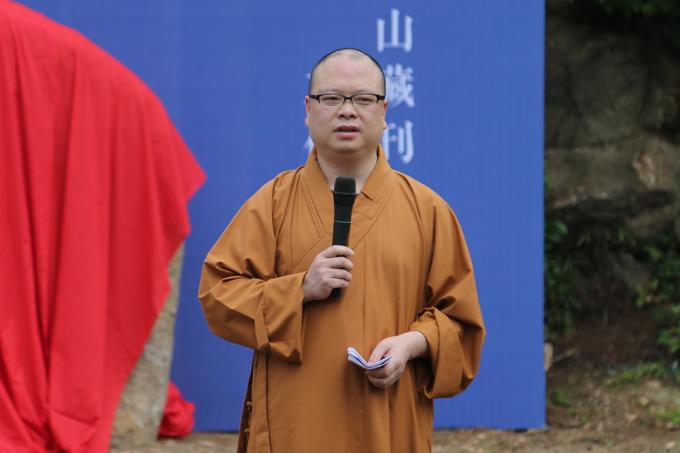
Abbot of Jingshan Temple Master Jiexing gives a speech at the ceremony.
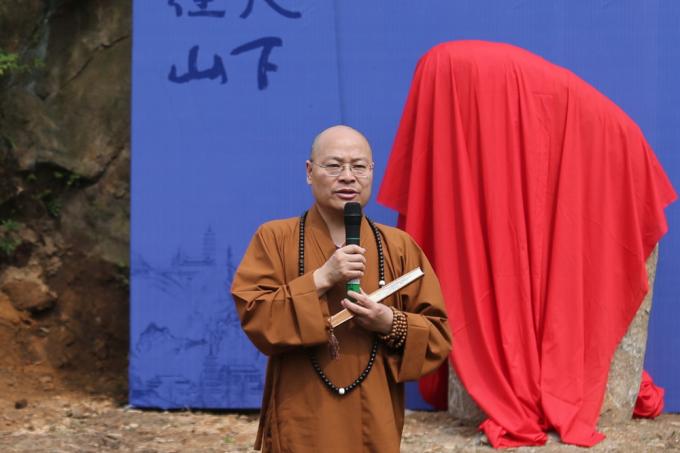
Ven. Guangquan introduces the origin of the monument.
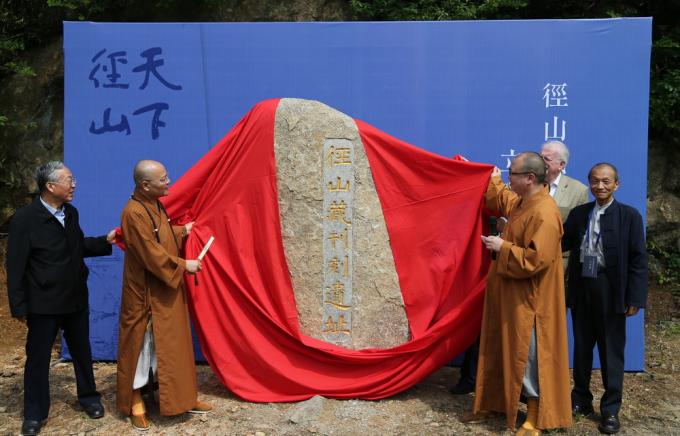
The monument to the place of compilation and printing of Jingshan Tripitaka
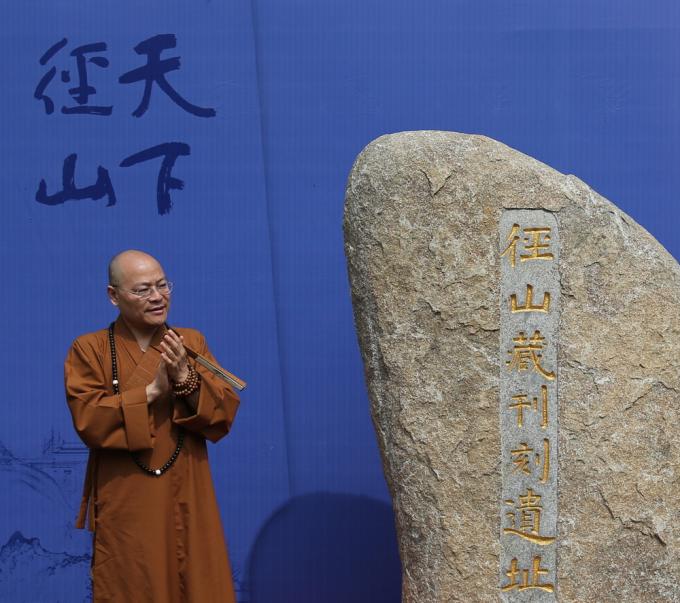
Ven. Guangquan and the monument













